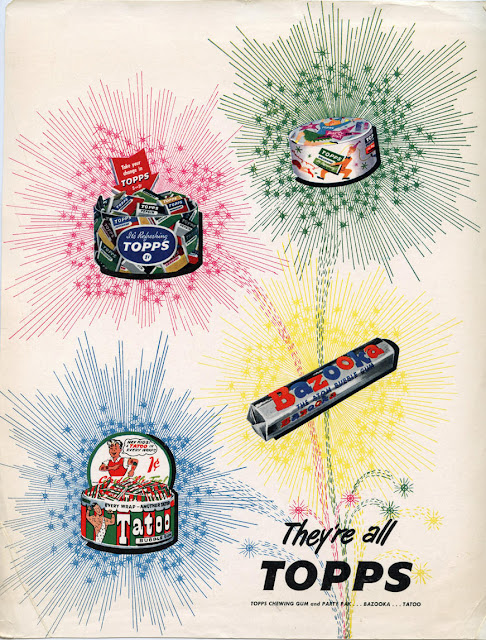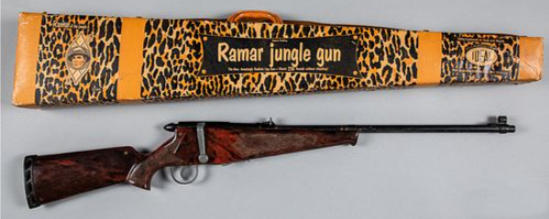Saturday, January 28, 2023
A Colorful Past
Saturday, January 21, 2023
Some Jive In 1965
DISCLAIMER: Well, when I screw up, I screw up and I managed to mangle the status of two cards on this sheet. As per the updates below, this sheet does NOT contain #368 and DOES contain #386. Not only did I transpose two digits, I also messed up my original notes. I'd say just enjoy the visuals!
I generally spend the end of a calendar year reorganizing things at home and on and in my various devices and cloud accounts. True to form, I've pulled up some things sent to me in years past that I never got around to discussing at the time. Today's excursion in exhumation takes us back almost 60 years, to the 1965 Topps Baseball set.
This was the final Baseball set Topps packaged out of Brooklyn and its always been one of my favorites, with some really nice photography, excellent use of color and a pleasing blue reverse. I managed to unearth a full 1965 proof sheet featuring 5th and 6th series cards from an old REA auction that went for a relative song. Here she is:
This behemoth is blank backed and is a little beat up but I'll bet it framed up really nice. There are seven discrete rows of players, so we have a 77 subject sheet, meaning there's some kind of extra or short printing going on and sure enough, that's how things turned out.Left side (A Slit):
B
C
D
E
A
F
G
B
C
D
E
Right Side (B Slit):
C
A
F
G
B
C
D
E
A
F
G
That yields the following distribution:
4X Rows: A B C
3X Rows: D E F G
In terms of Hall-of-Famers making an appearance on this sheet, Luis Aparicio (#410) is the one 3X print, the rest (Al Lopez, Carl Yastrzemski, Harmon Killebrew and Willie Stargell) are 4X subjects.
There is another twist though. I note the 5th Series Checklist runs from #353 to #429 while the 6th Series Checklist spans #430 to #506. This is why REA describes this as a 5th and 6th Series sheet since the numbering plays out as follows:
361 (5th Series Checklist) (UPDATE 5/7/23: I should have mentioned this appears twice).
368 (UPDATE 5/7/23-kevvyg1026 as per his comment, has better eagle eyes than me, #368 is not on this sheet )
371-385
(UPDATE 5/7/23-kevvyg1026 as per his comment, has better eagle eyes than me, #386 is on this sheet too)
387-446
So that's two stand-alones, 15 cards before the next missing number occurs (386), then a 60 card run to land at 77. The 5th Series Checklist is easy enough to explain as it originally appeared on the prior press sheet, which would primarily have included the 4th Series plus a smattering of cards from the "5th Series" here. This is because Topps lagged their checklists when compared to the press sheets by "previewing" the next series, which meant some cards from the later series had to be printed with what was ostensibly the prior series. I have to admit I thought it would be cleaner than this with consecutive numbers missing but in sure Topps fashion, it's not and seems a little sneaky to me.
Saturday, January 14, 2023
You'll Shoot Your Eye Out Kid
OK, today's title is a total Christmas Story cop, with the holiday season firmly in the rear view even, but as we shall see, it's apropos. I've been mining my old G-mails for content that will span a couple of special projects and am finding all sorts of treasure, much of it from BFF o'the Archive Jeff Shepherd. Today's adventure brings us a Bazooka Premium Catalog, with a distinctly rugged and masculine tilt.
Dating from 1955, kids could mail away for these and get a better look at some of the premiums offered, although most of these seem beyond anything offered on the newly launched Bazooka Joe comics:
We've seen the folding camp knife before and it would appear again and again over the years. It wasn't a Topps exclusive, there must have been millions of these floating around, with a nameplate that would allow for branding by any entity. Things get progressively sharper through, that sheath knife looks lethal and that axe looks like it could get you through any kind of wilderness campaign or viscera. For 1,125 comics it should, yikes!
A clear escalation occurs when we get to the last page and what looks to be the world's best cap gun, requiring a mere 1,875 comics. The notation about choosing a a boy's or girl's leather craft set in no way diminishes the adolescent male vibe here and things conclude with some heavy metal; this surely one of the most industrialized premium offers ever seen from Topps:
The cash to comics ratio in force certainly had some reasoning behind it and you can get a rough idea of how much premium "overhead" was calculated for every piece of Bazooka, also bearing in mind they had some very nice retailer and wholesaler premiums on offer for the adults. Dividing $3.75 by 1875 yields .002 cents per penny gum tab, ignoring the 45 comics also needed to seal the deal. The ratio on the craft kits though, .75/375 is also .002 though, so the cost of acquisition must have been baked in to any and all Bazooka products.
I did some sleuthing on the Ramar Jungle Gun and the history is an interesting one. Ramar of the Jungle was a syndicated TV program that originally ran from 1952-53 (or '54, sources differ), airing 52 episodes in all, then it was shown in reruns through the end of the decade and beyond. Four movies were spliced together from the TV footage, two of these premiered in 1953 and the other two in 1955 and there was extensive merchandising as well. There's a lot more to the story, which I'll leave to others, so the Bazooka offering therefore reflected an active toy campaign tie-in. The cap gun was really something to behold:
Saturday, January 7, 2023
A Child's Garden Of Turf
Well, the final week of the NFL regular season concludes tomorrow and what more opportune time to explore an obscure Bazooka package design set called A Children's Guide To TV Football. Issued in 1971, presumably due to the launch of Monday Night Football the season prior, ACGTTF represented a new direction of sorts for Topps after they killed off the printing of baseball cards on the back of Bazooka party boxes and fumbled an attempted football card set thereon, all in 1971.
There were 12 box backs created, some primarily text-based:
No.1 Football Lingo
No. 9 Officials' Duties
No. 12 Officials' Signals
You will note the set derives from a Grosset & Dunlap book (published in 1967) called Football Lingo, written by Zander Hollander and Paul Zimmerman, with illustrations by Jerry Schlamp. Hollander wrote 8-10 sports related books a year, many of them annual paperback guides in his Complete Handbook series and if you are a certain age you may recall them being offered by Scholastic. Hollander also wrote for Howard Cosell when the nasally one received his first big broadcasting break and that connection to Monday Night Football is an intriguing one in light of this set.
But Schlamp is our link here as his illustrations look to be adorning the Officials' Signal box but not necessarily the Officials' Duties box. I base this upon the similar Basketball Lingo book cover art and you can see why as the ref on the latter looks a lot like those officials on No. 12:
























